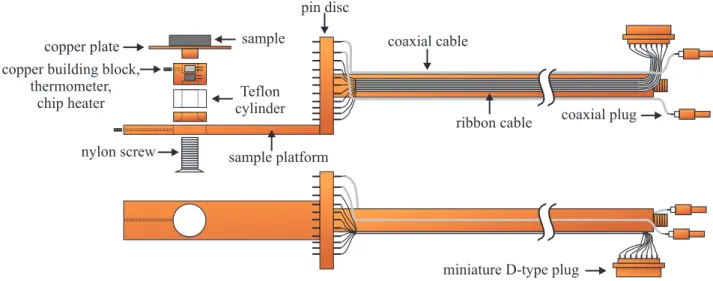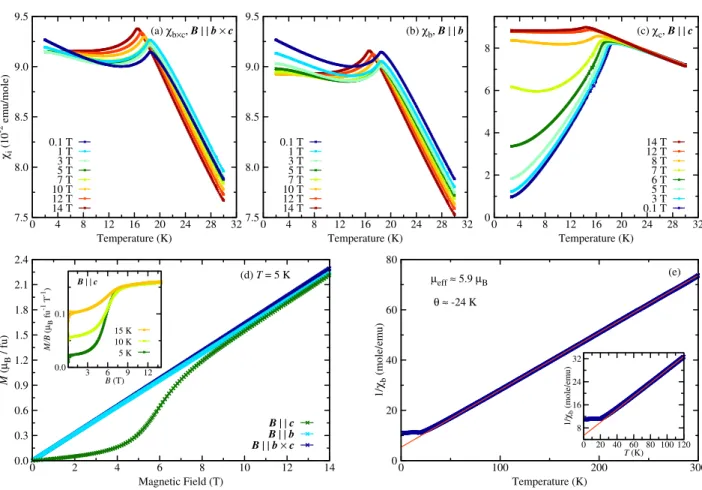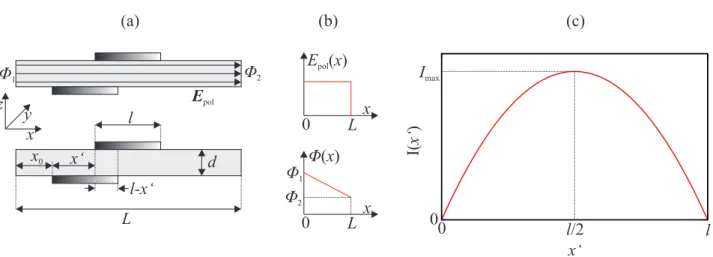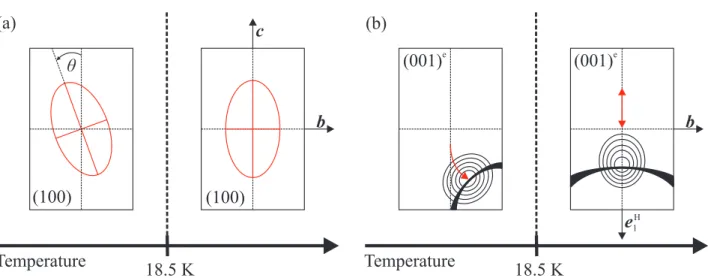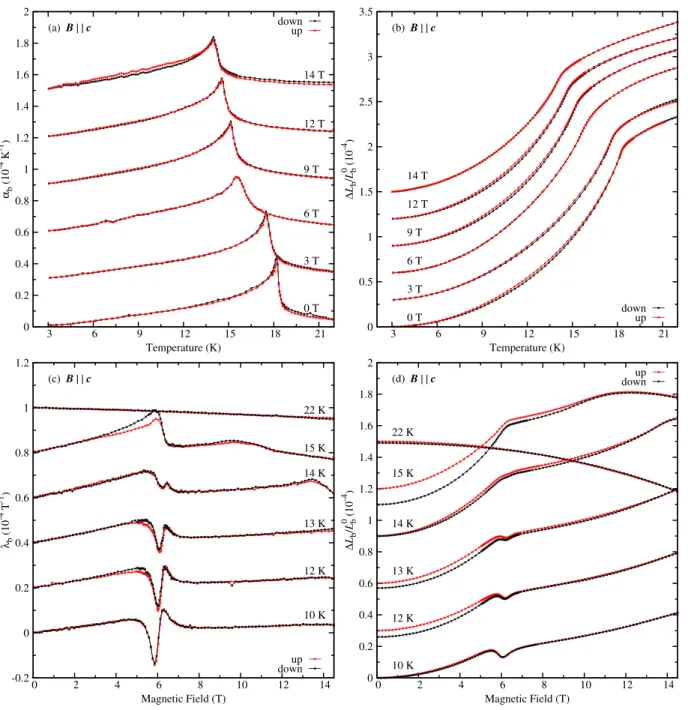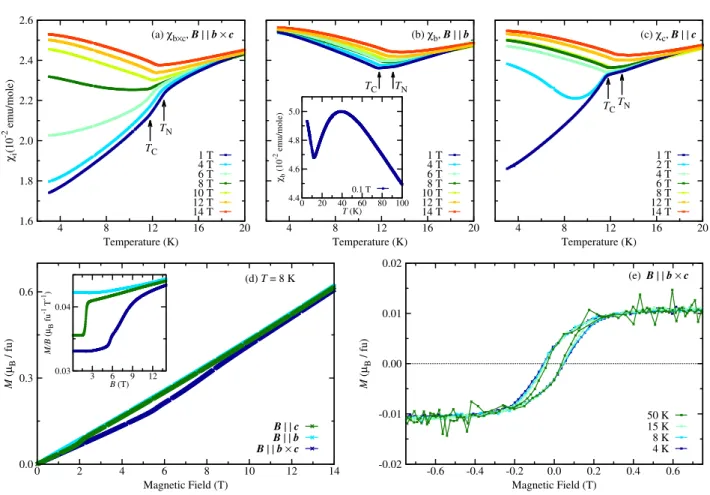Thermodynamic properties of new multiferroic and linear magnetoelectric crystals
Volltext
Abbildung
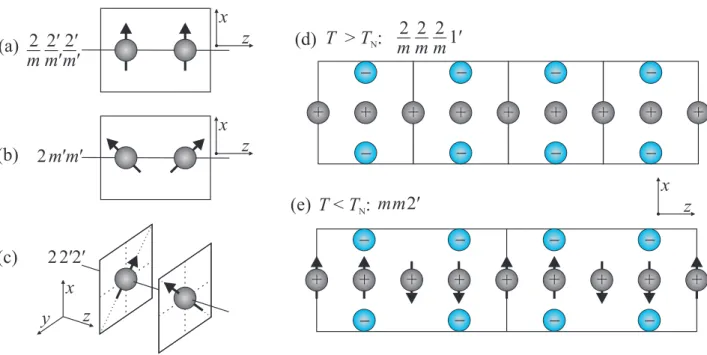

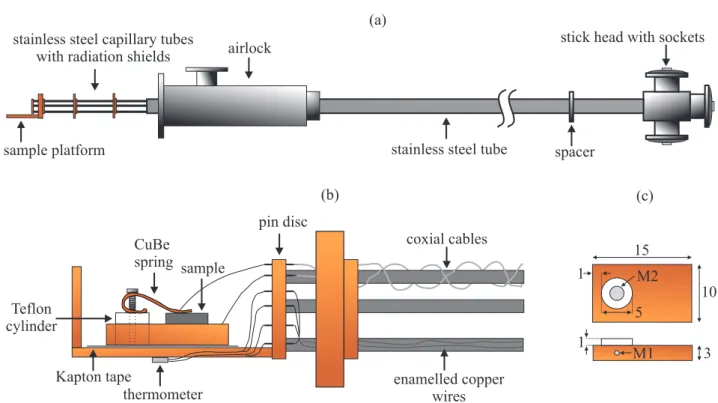
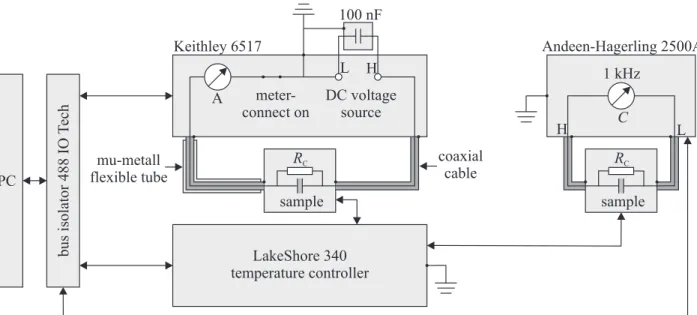
ÄHNLICHE DOKUMENTE
Alternatively, magnetic atoms (molecules) can be adsorbed on magnetic substrates leading to an induced magnetic moment due to the magnetic exchange interaction
These mag- netic thin films with an easy axis of magnetisation perpendicular to the surface have attracted particular attention due to their potential advantage in high-
Another interesting finding of the present calculations is that in each system, except Ci = C 2 = C3= 1/3, there exist electric field values at which Z e u is the same for
Institut f¨ur Anorganische und Analytische Chemie and NRW Graduate School of Chemistry, Universit¨at M¨unster, Corrensstrasse 30, D-48149 M¨unster, Germany.. Reprint requests
At 4.2 K an increase in line width indicates small hyperfine fields at the europium nuclei.. Key words: Europium Compounds, Mixed Valence, Magnetism,
The Eu 2+ signal shows a slightly enhanced line width at 4.2 K, indicative of a very small hyperfine field and the onset of magnetic ordering, in agreement with the magnetic data..
Swiss Light Source, Paul Scherrer Institut, 5232 Villigen, Switzerland; Laboratory for Micro- and Nanotechnology, Paul Scherrer Institut, 5232 Villigen, Switzerland; Department
Previous magnetization measurements performed on both LuFe 2 O 4 − δ and YbFe 2 O 4 − δ single crystals, shown in section (3.4) and (4.4), respectively, have shown that the effects
